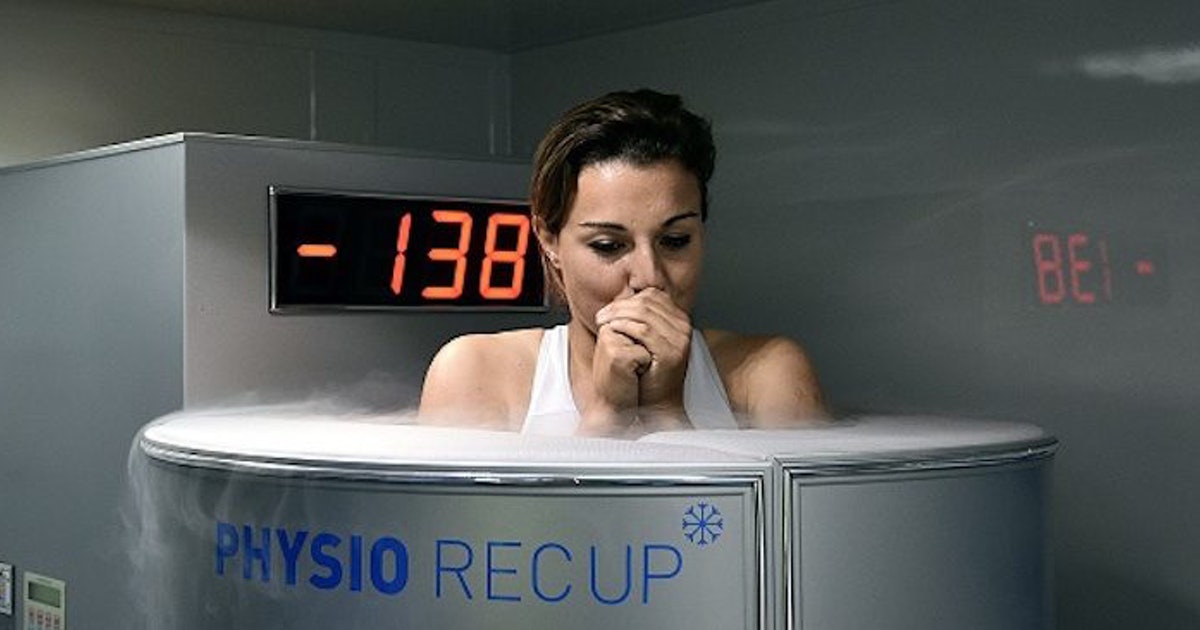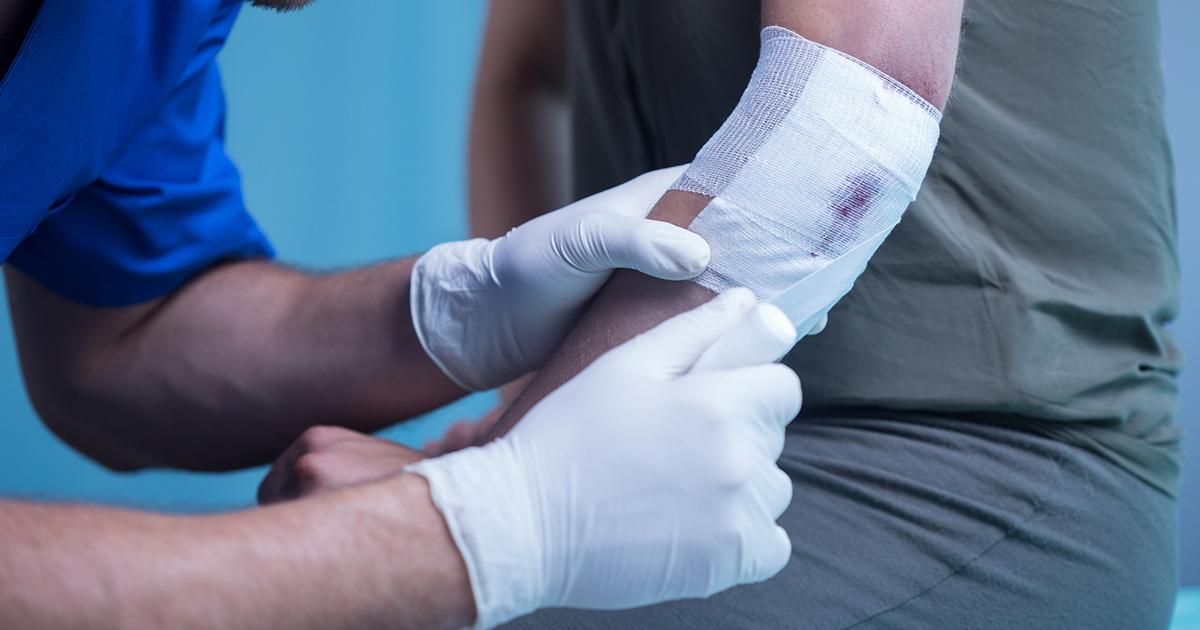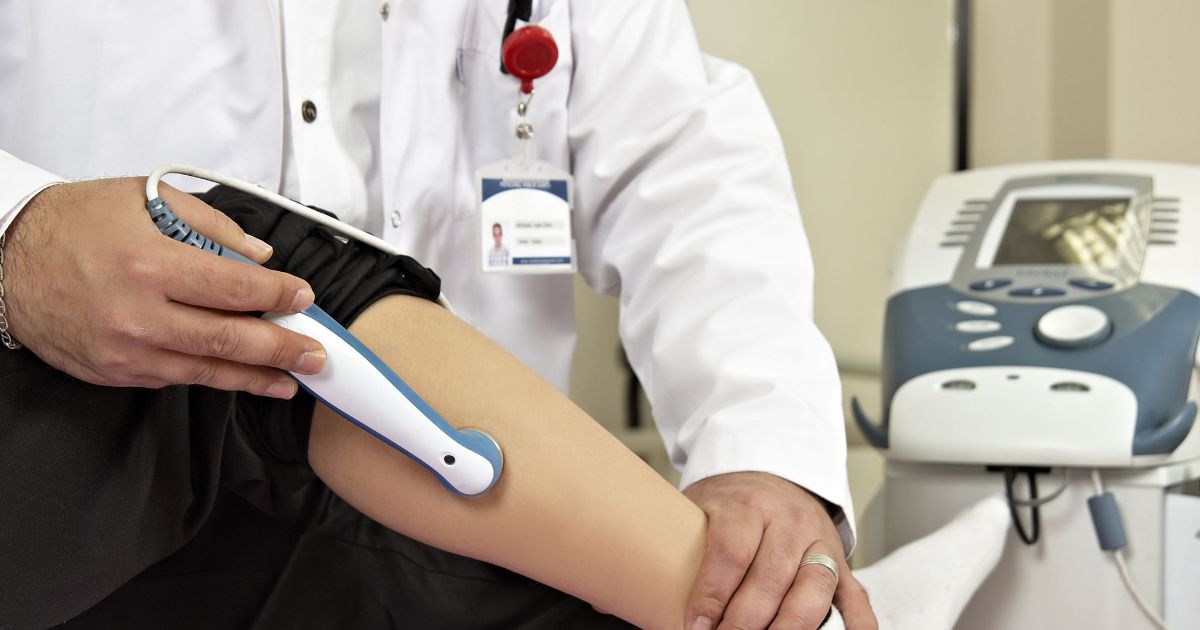Methods Of Treating Keloid Scars
While everyone is likely to receive a scar at some point in their lives, some scars are more trouble than others. Certain scars are easy to hide beneath clothes. However, if the scar isn't small or easy to hide, like a keloid scar, then it's helpful to know specific methods to reduce or remove the scar. Keloid scars essentially form after overaggressive healing has taken place and tend to look like the area of the wound bubbled up against the skin. Keloid scars are most common in individuals with darker skin, but they can happen to anyone. The scars also tend to extend past the original wound. Here are a few methods to try to reduce or remove keloid scars.
Cryotherapy

Originally, liquid nitrogen was used to freeze the scar and destroy it, but the side effects were unpleasant. The process often caused blistering, infections, and hypopigmentation. Luckily, a new method was created called cryotherapy, where a hollow needle is inserted into the deep dermal tissue of the scar. Cryogen is then pumped through the needle and into the skin where the tissue is frozen and destructed. This allows a new scar to form that isn't keloid in nature. It can reduce the chances of hypopigmentation from occurring as well as removing the keloid scar. Cryotherapy has been used to treat numerous forms of ailments and conditions, and many have been met with success. While the patient may require a few treatments with this form of freezing therapy, the chances of the keloid scar forming or remaining are reduced. This therapy is quite potent in that it not only targets cells themselves but also the microcirculation between cells, which kills both sets of cells and the network between them.
Keep reading for more tips on treating keloid scars.
Place Silicone Sheet Over Scar

One of the traditional methods of treating keloid scars is with a silicone sheet. In fact, many doctors have recommended placing silicone gel or a sheet of silicone over surgical wounds to limit the amount of scarring that occurs. This is because silicone keeps the body from over-producing collagen, which can cause scars. In regards to keloid scars, an individual who is already suffering from the condition can benefit from a silicone sheet because it reduces the scar's appearance. For many, applying the topical sheet can be cumbersome, especially if the scar is in an area covered and touched by clothing. Luckily, there are fast-drying silicone sheets now. Individuals can easily apply the sheet over the wound per the instructions for how often it should be applied, and then watch as the keloid scar slowly reduces in size. In this case, it is especially important to continue placing silicone sheets over scars to see the most effective results for the keloid scar.
Discover more strategies for treating keloid scars now.
Surgical Removal

In some cases where the keloid scar has far grown past the original site of the wound, surgical removal may be the best option. This shouldn't be done in haste, however, and patients should speak with a doctor beforehand. In many cases, having surgery performed on a keloid scar can only lead to more scarring occurring. However, there are a few plastic surgeons equipped with the technology and education out there who know how to remove keloids scars. These surgeries usually focus on removing the scar from the skin and smoothing and repairing the structures that rest below the scar. These areas need to be restored and repaired to prevent keloid scars from occurring again. Individuals interested in having surgery performed on their scars can expect the usual pre and post procedures of any cosmetic surgical operation. Afterward, patients will be given a sterile bandage to help protect the site from infection. A smaller scar should appear that will help flatten the surrounding area.
Continue to reveal more treatments for keloid scars now.
Keep The Pressure On

Another method individuals might consider to reduce the risk of developing keloid scars is to keep the pressure on the wound, which can keep the skin from bubbling up as it heals. There are quite a few pressure garments and other devices that can be used to apply pressure to the required area. Individuals who had a chest wound or surgery can wear inflatable chest garments. Proper pressure application to the chest can result in a reduced risk of developing keloid scars. Patients may also consider adding a few home remedies while applying pressure too. Rubbing onion gel against the wound may actually help reduce the amount of scarring, because onions can actually stop fibroblasts from entering the skin. Fibroblasts are primarily responsible for scarring. By applying the onion gel to the area and then applying pressure, individuals can keep their body from forming keloid scars. Honey may be used, too, because it can reduce inflammation. Apply pressure with either remedy.
Get the details on the next keloid scar treatment now.
Laser Therapy

Because keloids scars can be quite painful and may even inhibit movement depending on their location, it may be quite dire to remove them. One last method patients may consider to remove a keloid scar is laser therapy. This is a form of surgery a little less intense than traditional scar removal surgeries. In particular, patients might benefit from pulsed dye laser treatments, which can be used to flatten the scars. This works by sending an intense burst of light into the target area. It damages the lining of the blood vessels and forces the blood to send blood to deeper vessels. Meanwhile, the body absorbs the damaged blood vessels. As a result, the keloid scar becomes flatter, and the pigmentation can often be cleared up in the process. It is a relatively easy treatment in that it usually only takes a few minutes and no anesthesia is required.
